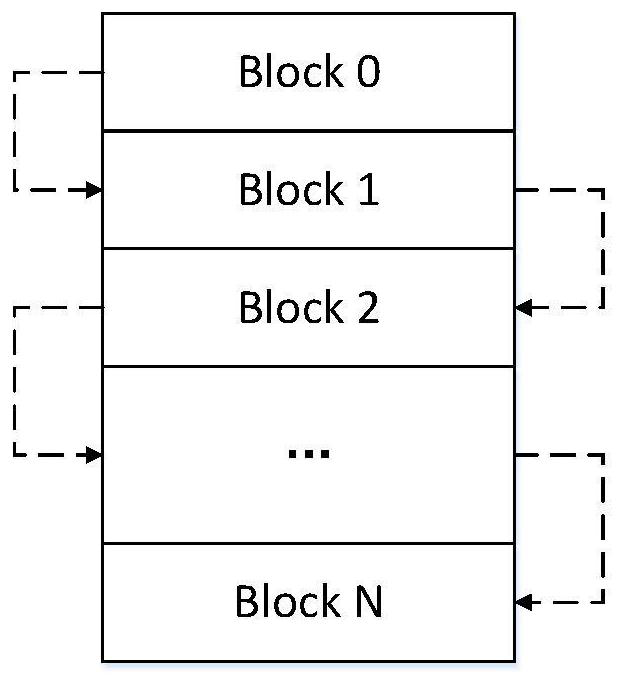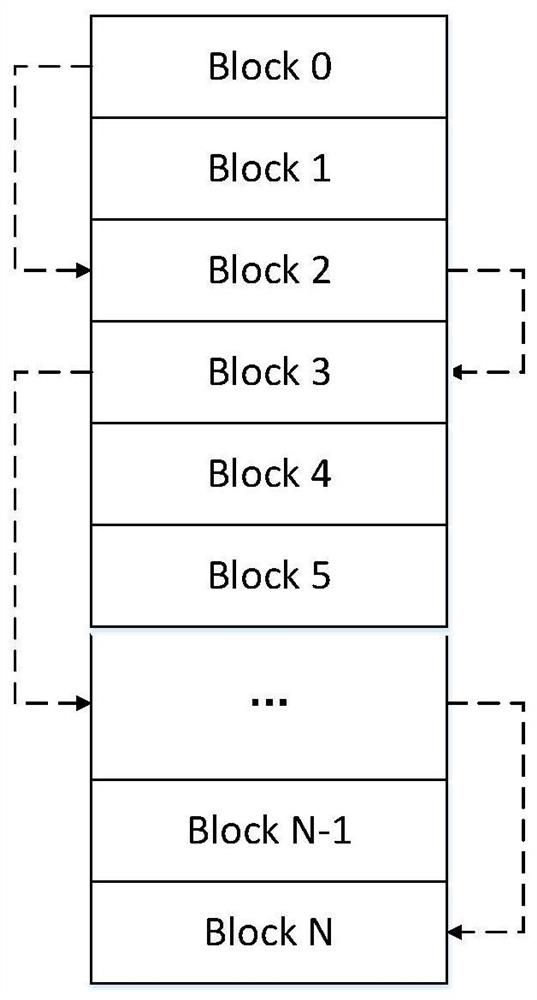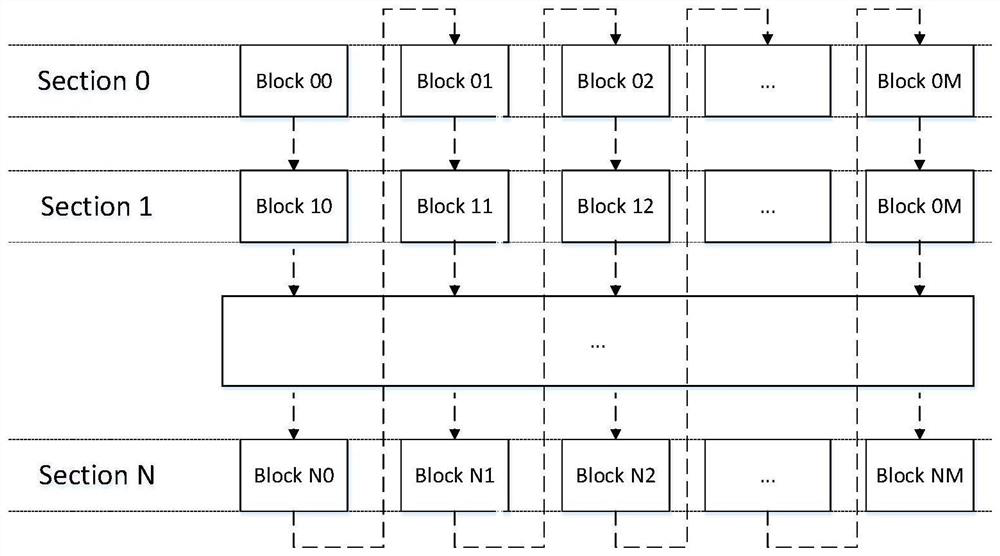Hard disk scanning detection method
A technology of scanning detection and scanning method, which is applied in the field of hard disk scanning detection, can solve problems such as insufficient scanning range, failure of RAID5 array, waste of scanning resources, etc., and achieve the effects of avoiding incomplete scanning range, reducing CPU burden, and reducing use cost
- Summary
- Abstract
- Description
- Claims
- Application Information
AI Technical Summary
Problems solved by technology
Method used
Image
Examples
Embodiment Construction
[0019] In order to make the purpose, content, and advantages of the present invention clearer, the specific implementation manners of the present invention will be further described in detail below in conjunction with the accompanying drawings and embodiments.
[0020] The basic idea of the block scanning detection method is the same as that of other hard disk erasing technologies. By sending the command to read data to the hard disk, find the bad sectors of the hard disk that cannot read data, and use the ECC mechanism to recover the bad sectors. Status mark, and then remap the data on the sector, and restore the data to a good sector.
[0021] Such as image 3 As shown, the strategy of the block scanning method is: first divide the hard disk into N sections (Sections) of the same size, and the addresses between the sections are continuous. Then divide the data in each area into M data blocks (Blocks) of uniform size, and the addresses between the data blocks are also cont...
PUM
 Login to View More
Login to View More Abstract
Description
Claims
Application Information
 Login to View More
Login to View More - R&D
- Intellectual Property
- Life Sciences
- Materials
- Tech Scout
- Unparalleled Data Quality
- Higher Quality Content
- 60% Fewer Hallucinations
Browse by: Latest US Patents, China's latest patents, Technical Efficacy Thesaurus, Application Domain, Technology Topic, Popular Technical Reports.
© 2025 PatSnap. All rights reserved.Legal|Privacy policy|Modern Slavery Act Transparency Statement|Sitemap|About US| Contact US: help@patsnap.com



